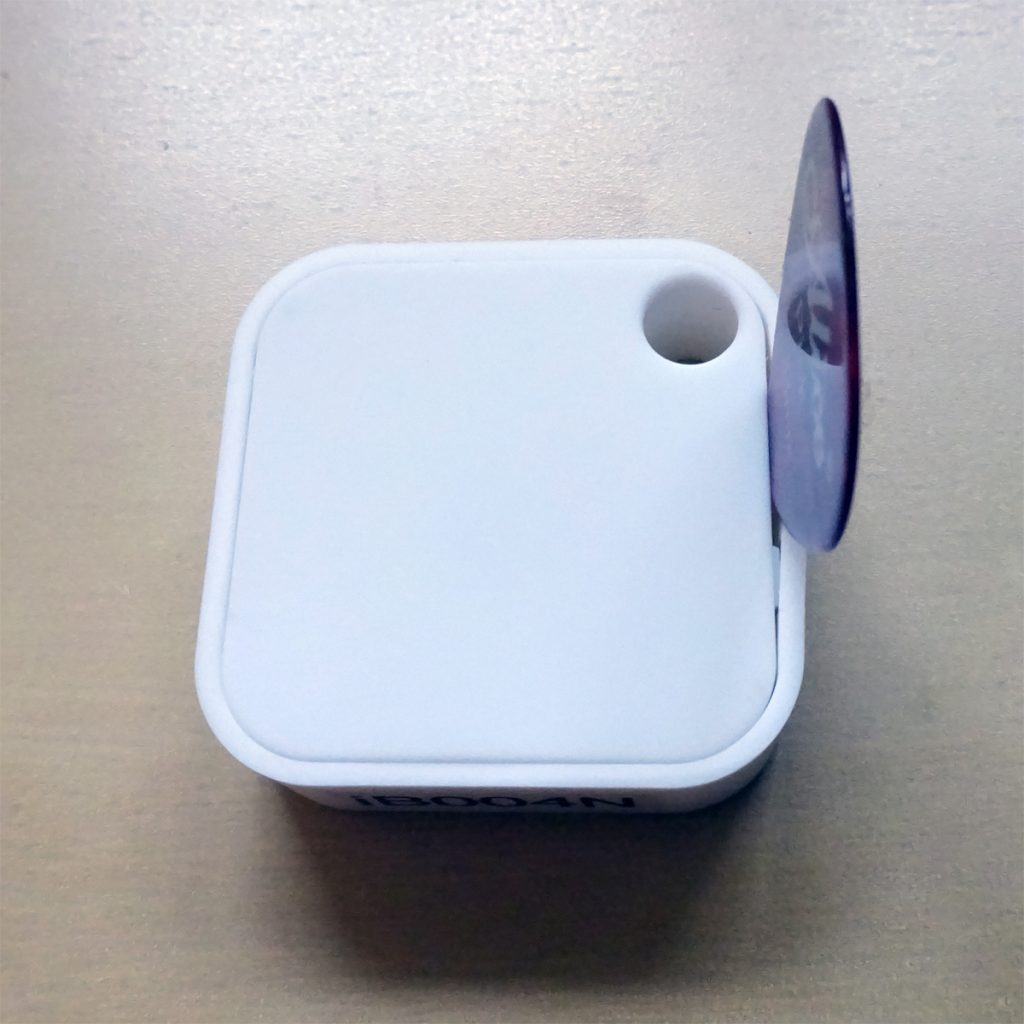Our battery use power testing uncovered some cases where the battery current use during advertising was such that the battery would last longer than manufacturer specification. What was going on?
After contacting the manufacturers, it turned out that some of them include a degree of configuration activity in their battery life estimates. If you only measure the current during advertising then you haven’t taken into account the extra current used during configuration. Configuration via manufacturer apps connects to the beacon via Bluetooth GATT. GATT connections consume significantly more power. For one off configuration this will be negligible but if you are in the habit of repeatedly changing the beacon configuration then the battery life will be impacted.
The same goes for platforms/apps that periodically connect to beacons to read, change or monitor beacon parameters. The battery won’t last as long. It’s also for this reason, it’s preferable to read sensor beacon sensor data in advertising data rather than via GATT when this is supported by the beacon and your scenario can cope will less frequently reported data.
